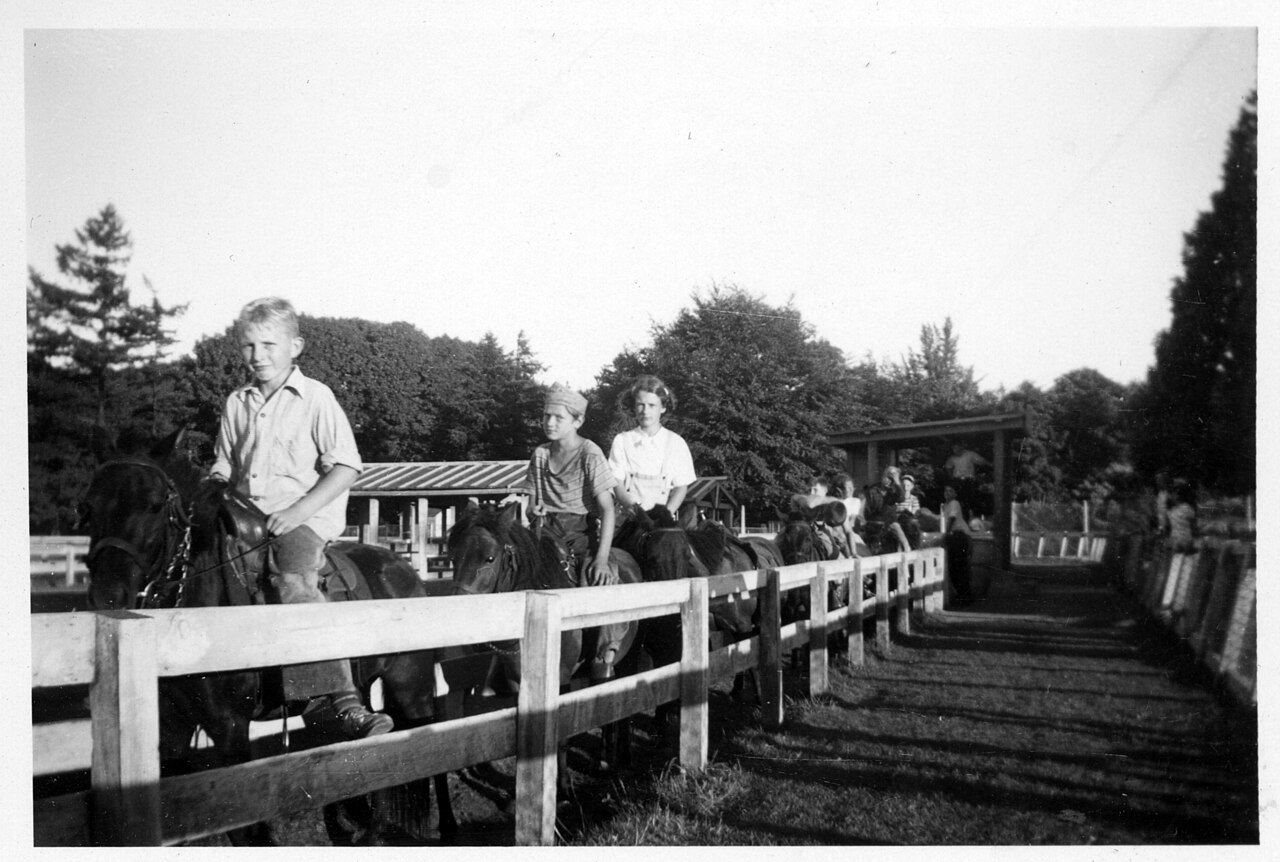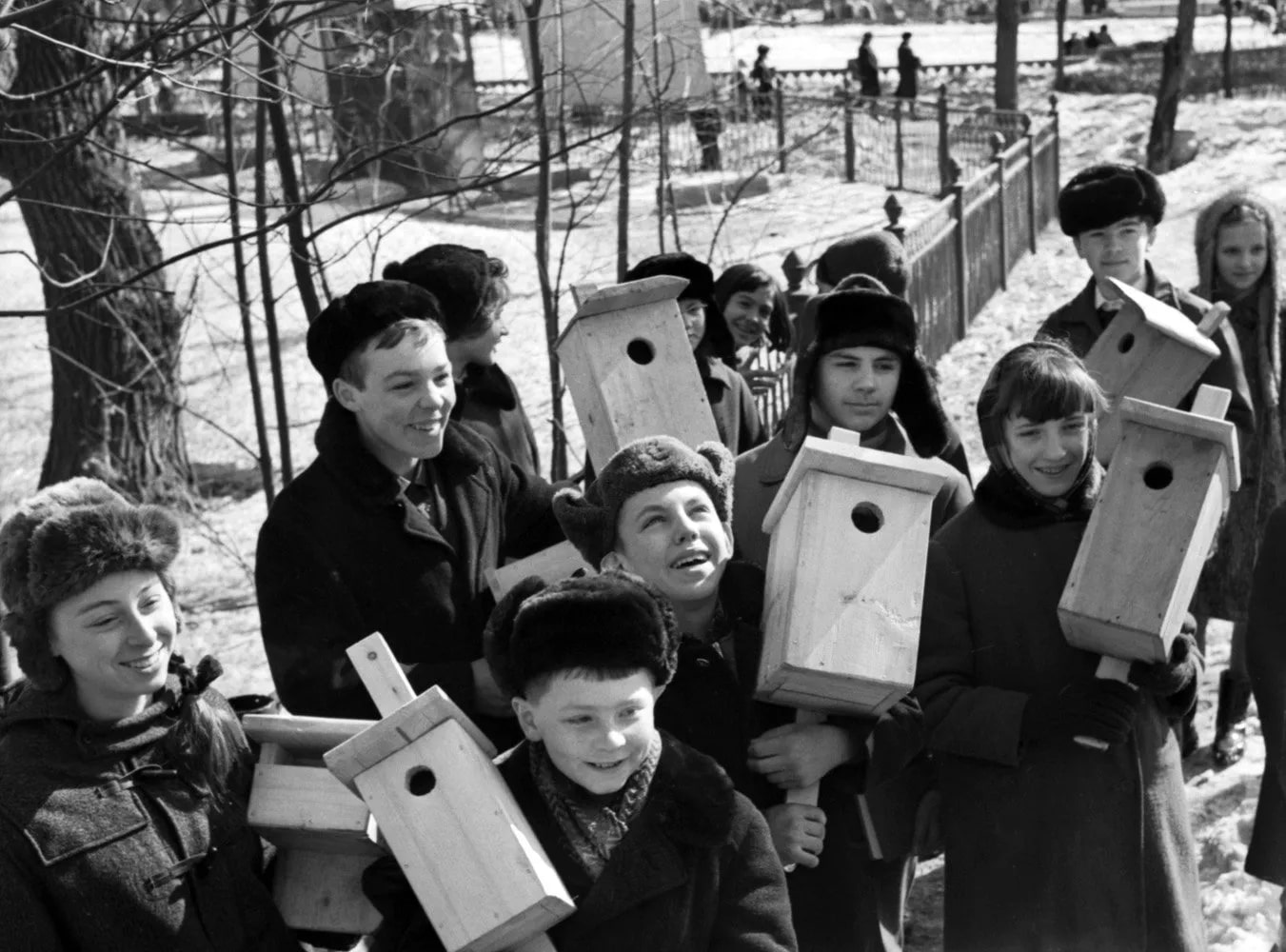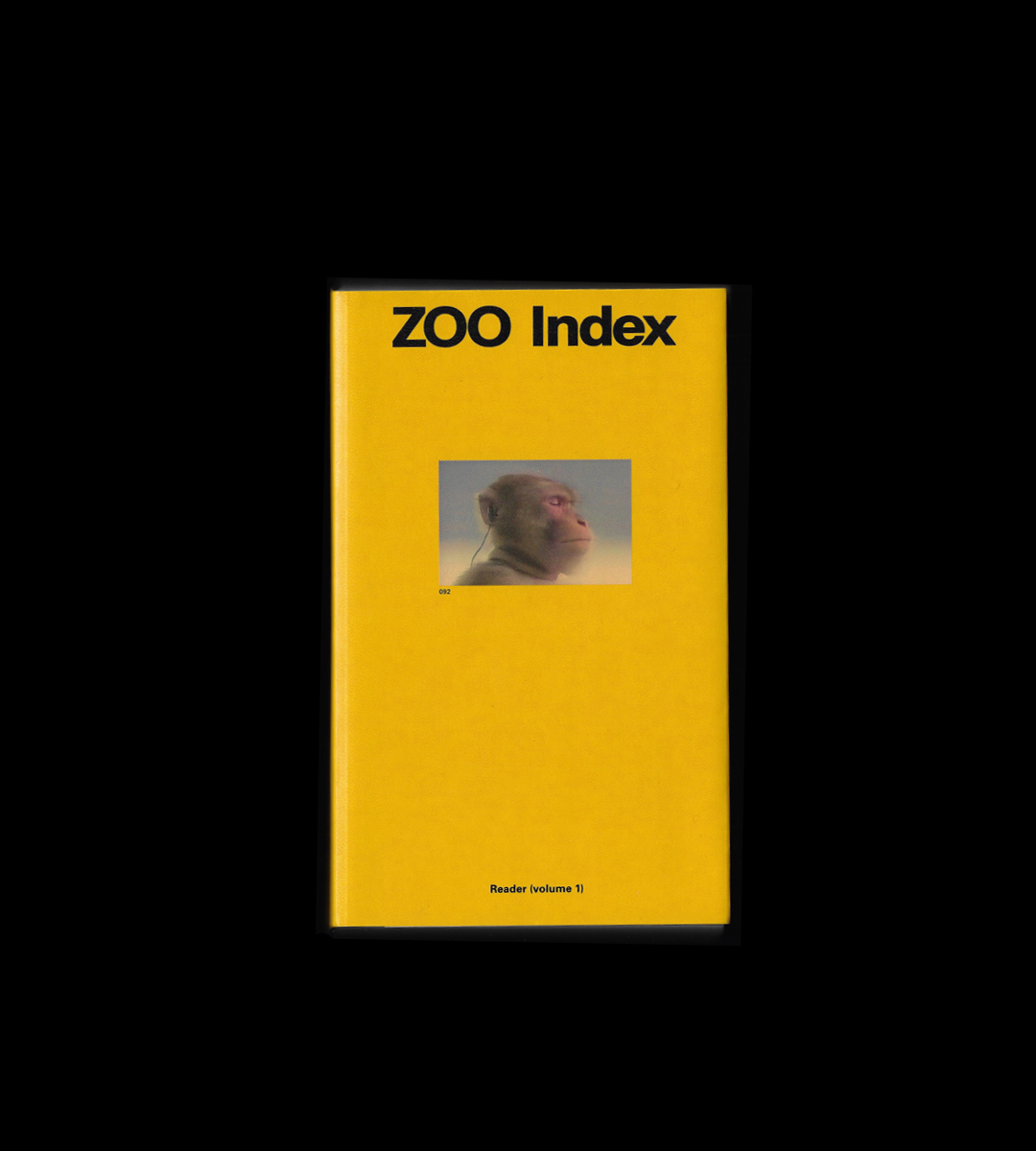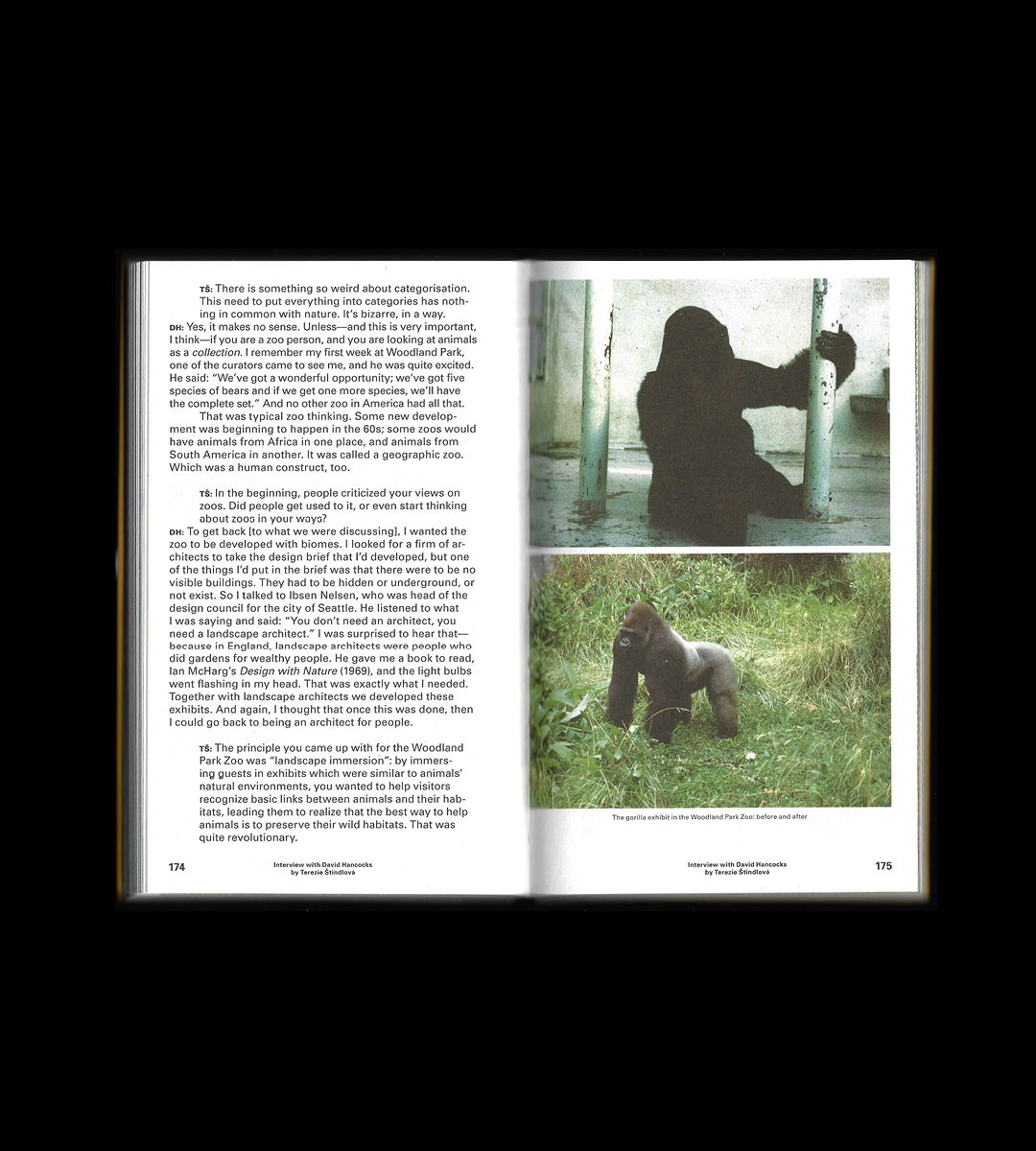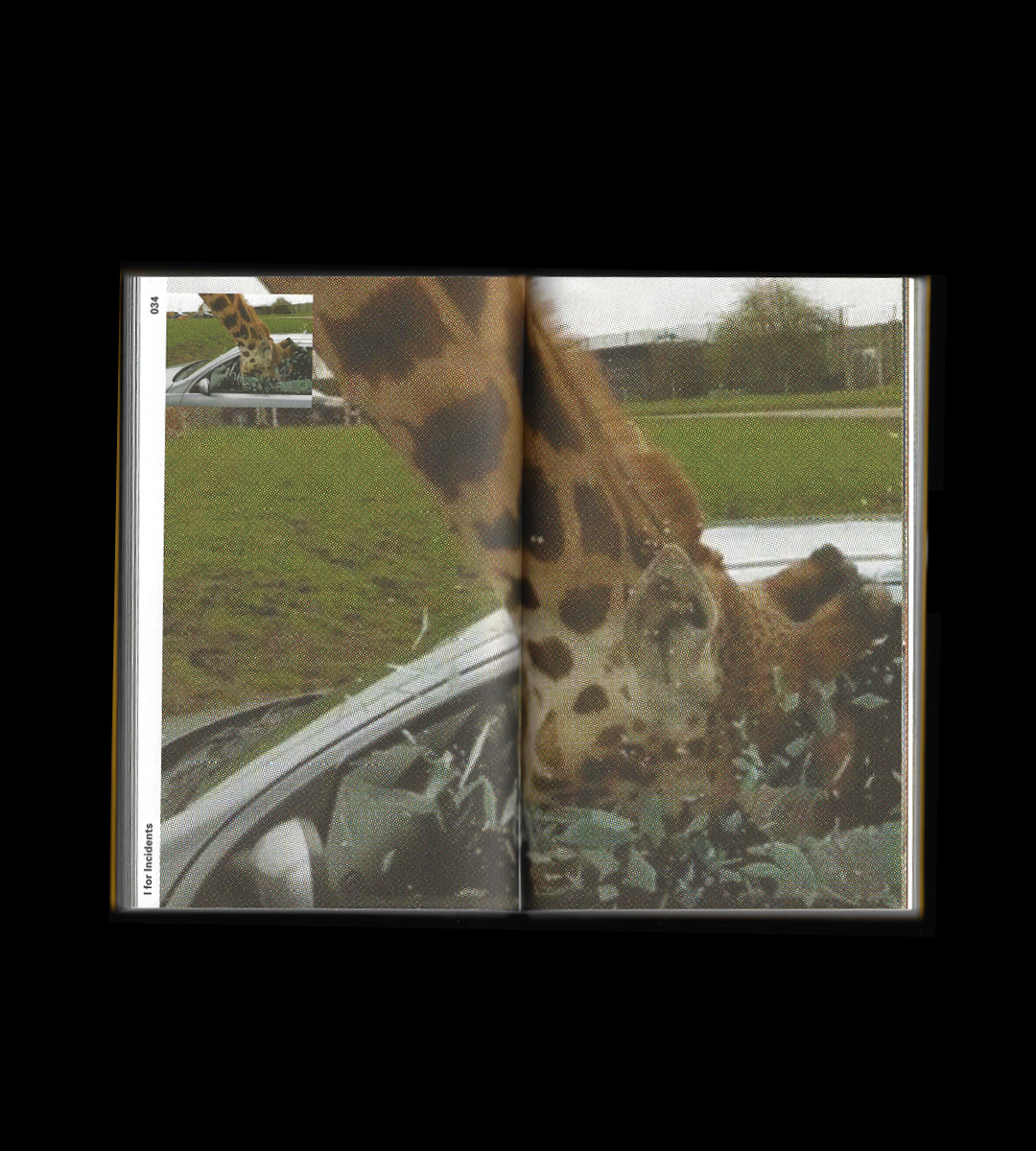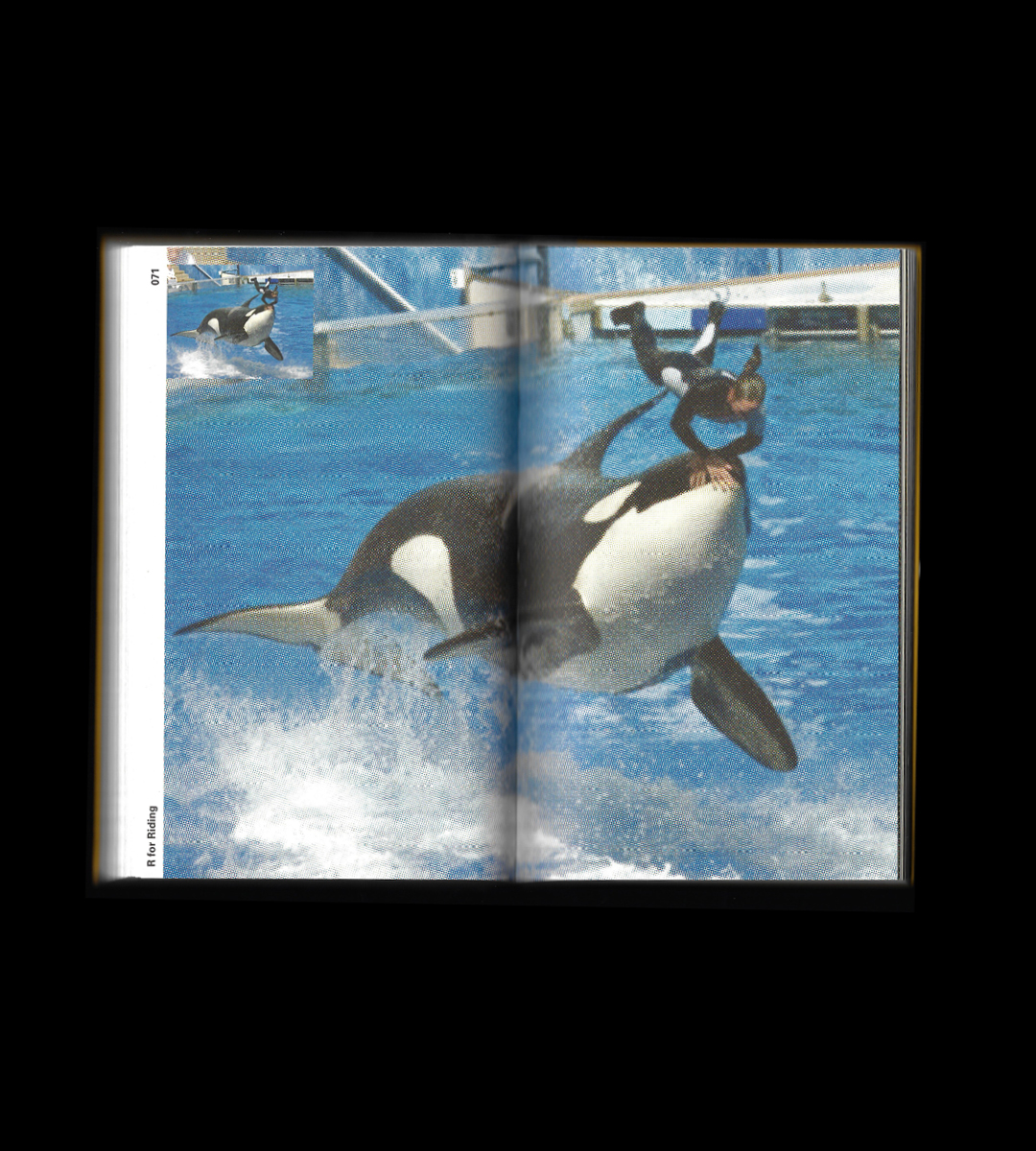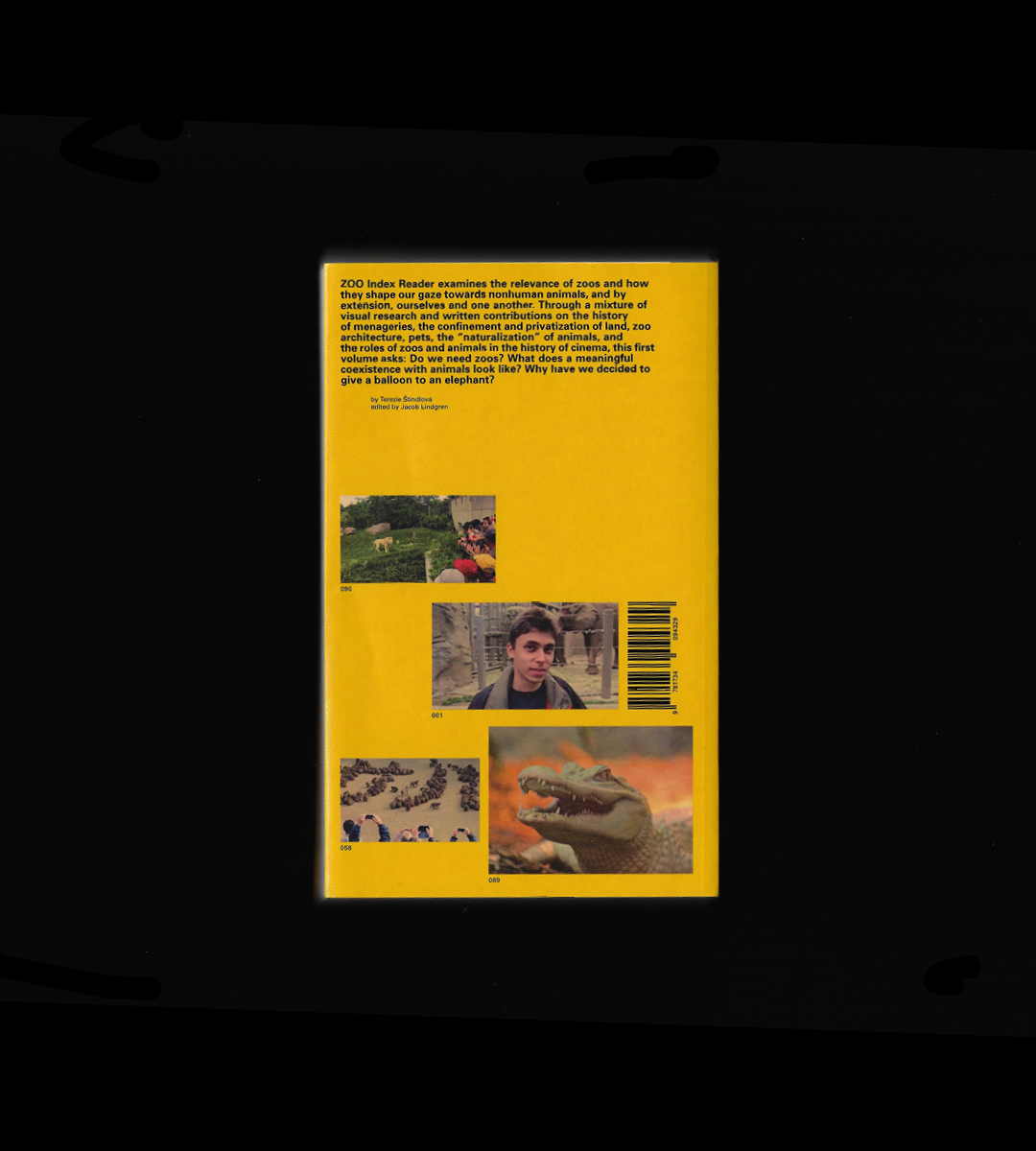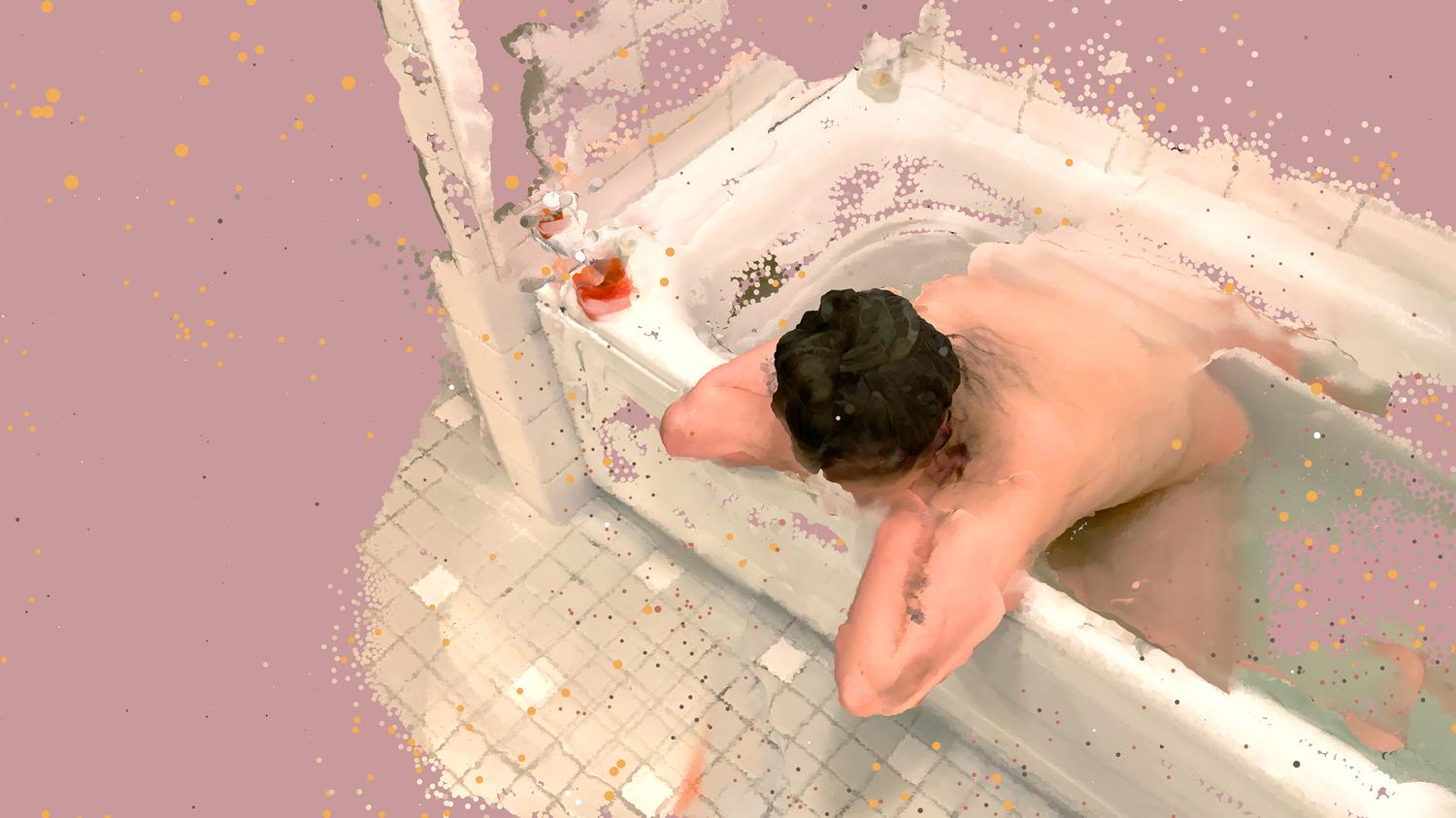ZOO INDEX: An Incomplete Listening Guide For Zoos
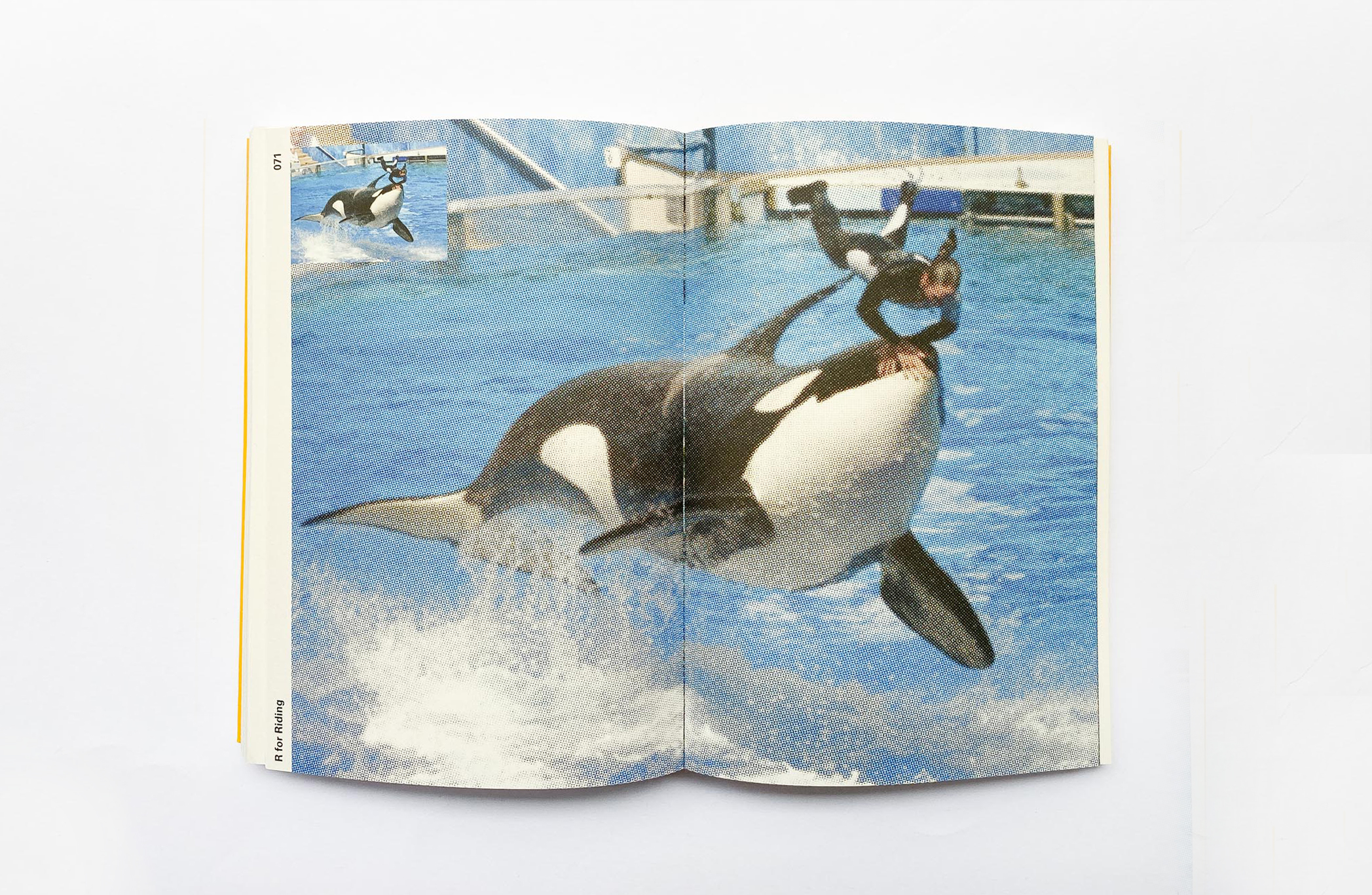
GENERAL INFO
- EDITED BY
-
Jacob Lindgren
- COMISSIONED BY
-
Terezie Štindlová
- DATE
-
2024
- TYPOLOGY
-
Text, Research
Zoo Index Reader examines the relevance of zoos and how they shape our gaze towards nonhuman animals, and by extension, ourselves and one another. Through a mixture of visual research and written contributions on the history of menageries, the confinement and privatization of land, zoo architecture, pets, the “naturalization” of animals, and the roles of zoos and animals in the history of cinema, this first volume asks: Do we need zoos? What does a meaningful coexistence with animals look like? Why have we decided to give a balloon to an elephant?
Uncaging postnatural animalities through sound ecologies
What we say about animals (or, for that matter, about 'wilderness' or 'nature') reveals more about ourselves –about human beliefs, cravings, cultures, and fears– than it does about the world, in its own intrinsic materiality. The idea of 'wilderness', a term that surely wobbles and must be revisited when speaking about zoos, does not have any specific ecological significance, but denotes the cultural import or ideology that invests in certain landscapes and fauna, projecting in them human values such as authenticity, freedom, virtue, godliness or sacrifice. Within that narrative, wild animals are regarded as inhabiting a moral, integrated universe that immediately seduces most humans.
The desire behind a business like the zoo is no other than to perpetuate our ability to look at those fantasized and exoticized animals, to provide us with the possibility to get closer to them than we would ever be; or, more accurately, closer than those animals –if free– would ever accept. And therefore it is marked by a palpable longing to access their alterity, to experience their enigma….without their consent. To possess it, if only for a day. And yet, the longing for the other-than-human that the zoo makes available for us actually scars the animals’ beauty, menace, and familiarity.
The first zoos, named menageries, were created for empires to showcase their territorial range of conquest. Following religious and ancient Western philosophical beliefs, these other-than-human (and sometimes human) animals exist to serve and are on this planet for the righteous appropriation of their body and strategically ignored souls. These types of cultures ultimately affirm that the hierarchy of species is fundamental for global domination, later developed into economic systems of oppression.
What does it mean to be human when your humanity is confronted with the captivity of other-than-human animals being displayed as entertainment tokens within a zoo? Inside a zoo, the experience becomes a complex exercise of not only looking at animals but looking at (human) animals in how they look at animals, looking at those (human) animals being looked at back by the animals, looking at the animals that (therefore) we are when our gaze intersects with that of an animal directed at us.
The sound exchange or acoustic ecology of the zoo is an interesting focus to understand how we coexist with non-humans in Western culture. Many of the sounds emitted in this space are sounds of joy, intrigue and curiosity, but also of angst, resilience, and solitude. What can the sounds we make and the words we exchange inside a zoo space tell us about how capitalist humans relate to other animals? This is the beginning of a longer research revolving around acoustic ecology and interspecies sonic relations. This is not a guide to inhabit the zoo in a specific way, but rather an invitation to experience the zoo through a sonic experience. What does a guide say about these tourist spaces, family entertainment, and pedagogical practices?
Understanding radical listening as an ecological practice might uncage some contradictions inhabiting the zoo. Embodied experience might act, within such complex devices, as a counter-mediation methodology in which sound, for instance, unfolds new ways to engage with the same questions that are rationally hard to address. This incomplete guide aims to create a critical experience during your next visit to the zoo, or, if you have never thought about going, to open a space of critical imagination from which to cohabit with these uncomfortable places. It is divided into different categories with different sonic practices to help engage with its acoustic environment.
ZOO INDEX READER
CREDITS
- WITH TEXTS BY
-
Jacob Lindgren, Animals as Objects, Institute for Postnatural Studies, Angelo Renna & Andrea Branzi, Richard Weller, Eliot Haworth, David Hancocks, A+E Collective, Chanelle Adams, Suzanne van der Lingen, John Berger, Laurel Schwulst, Terezie Štindlová
- LANGUAGE
-
English
- PUBLICATION
-
332 pages
13 × 22 cm
